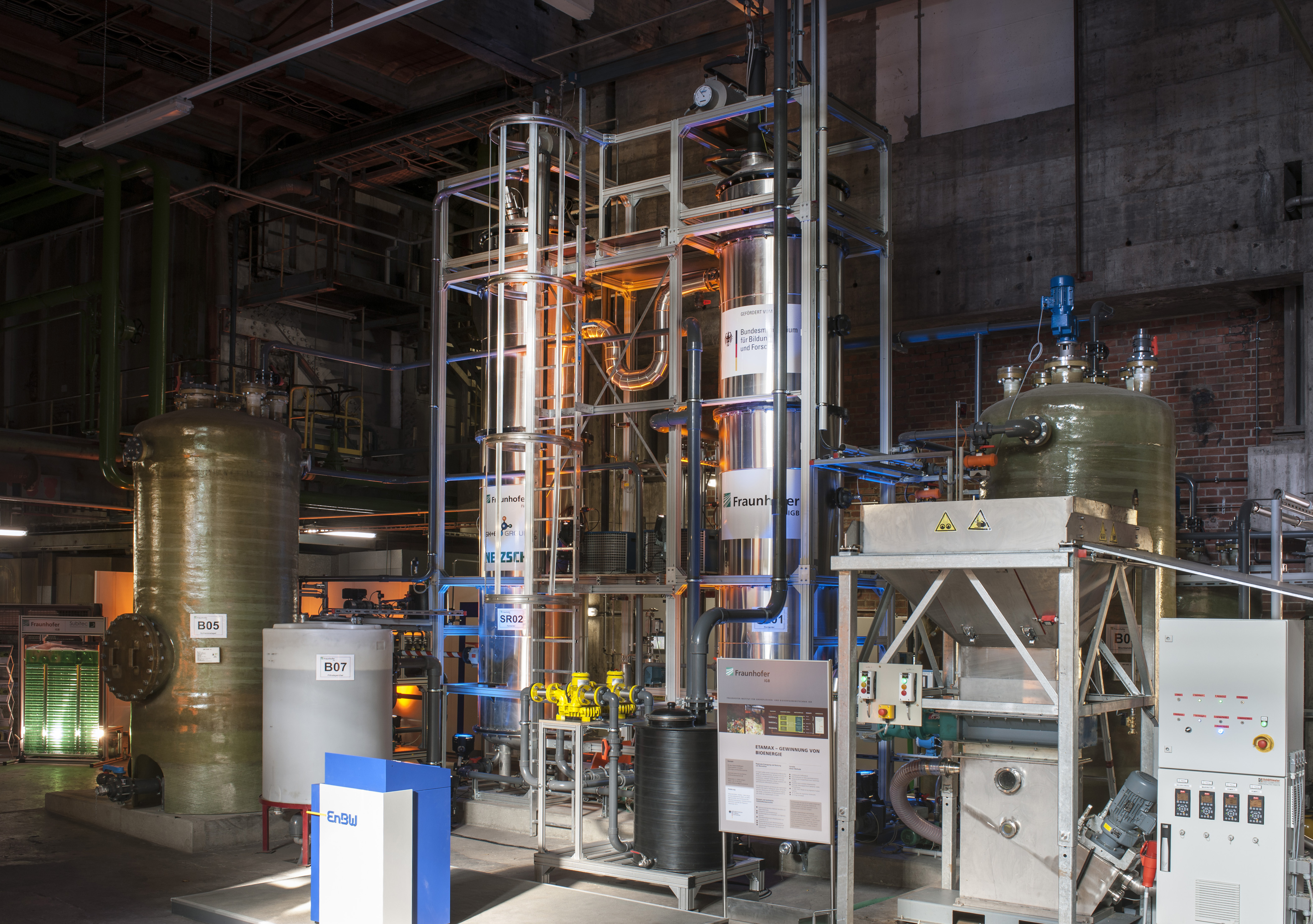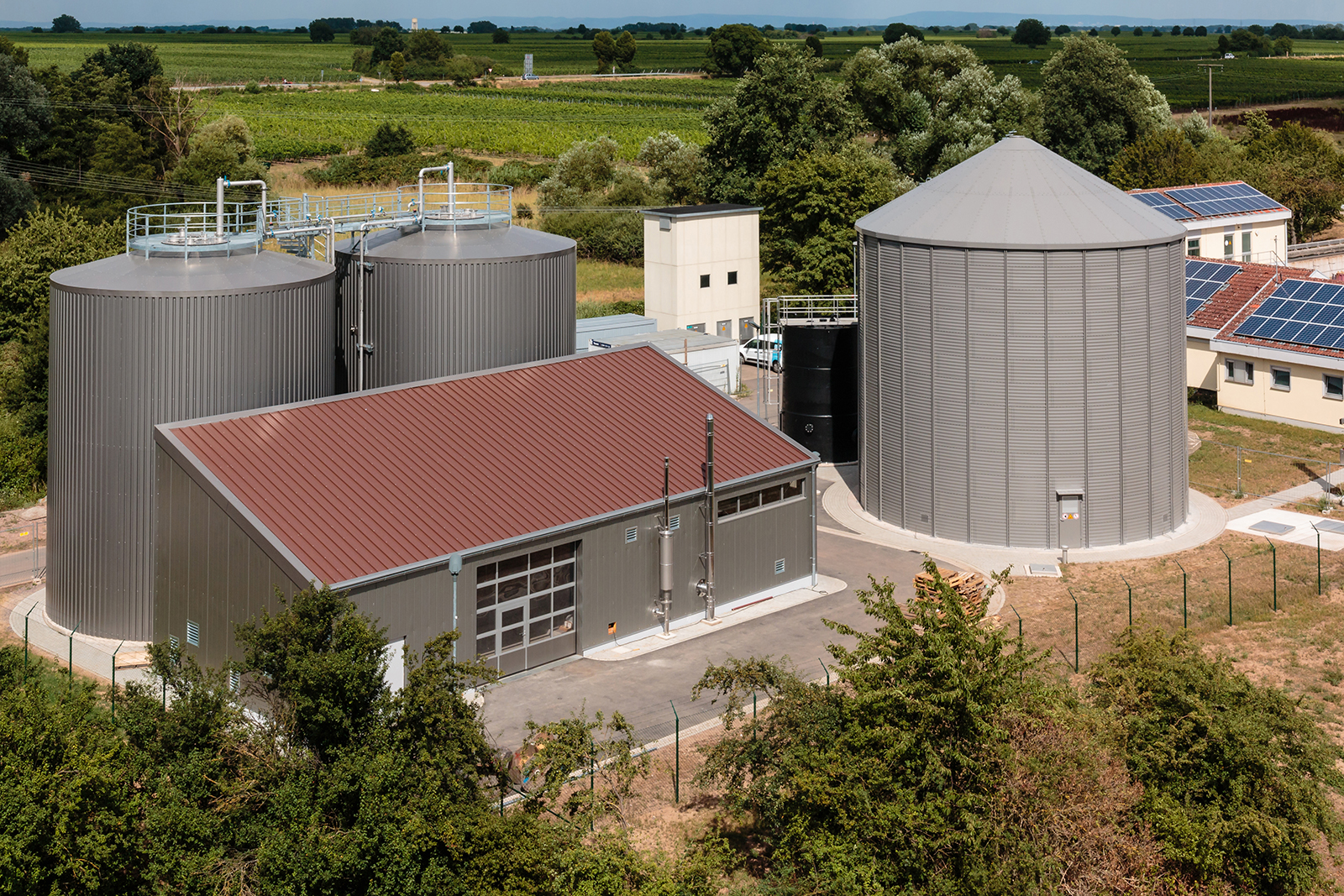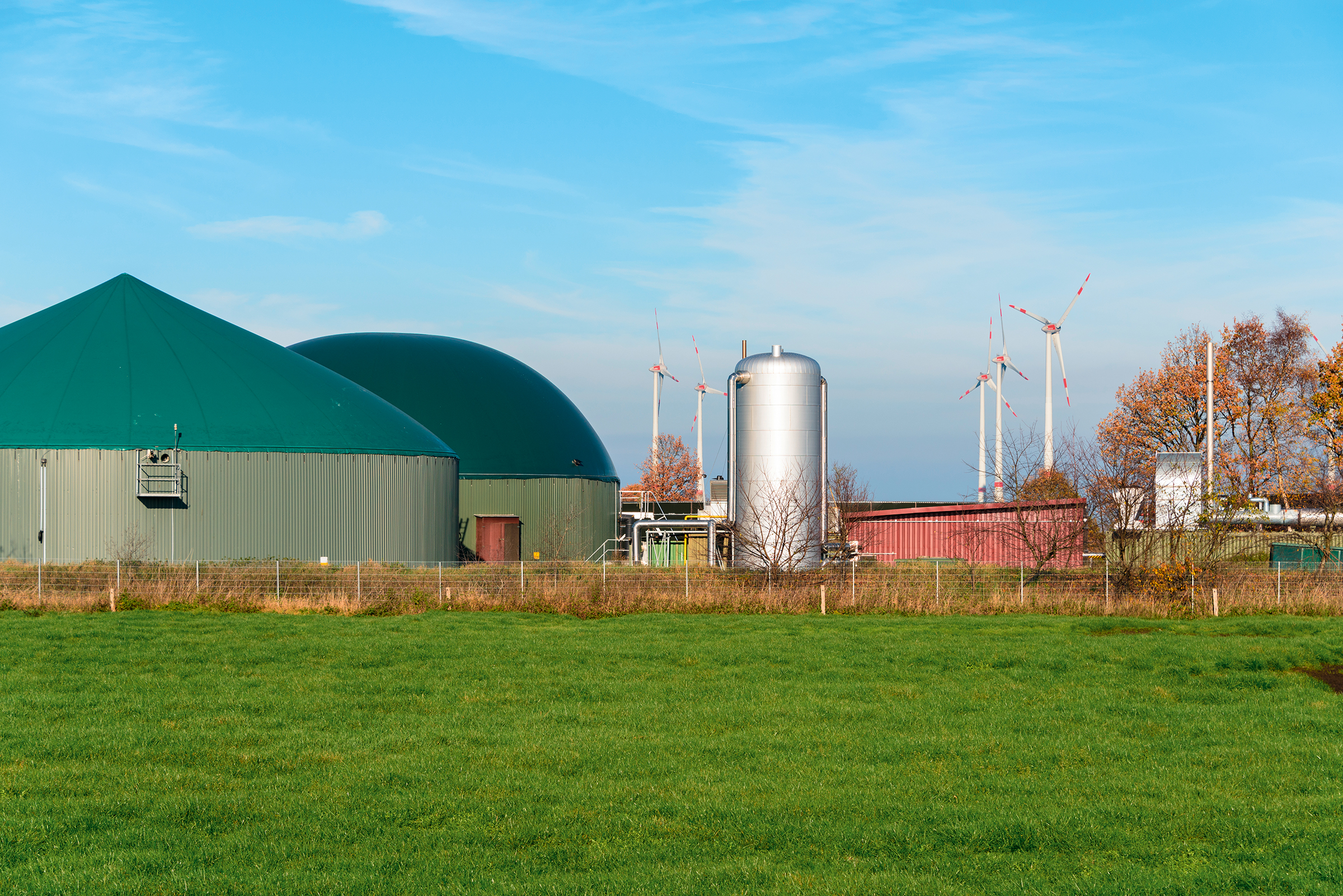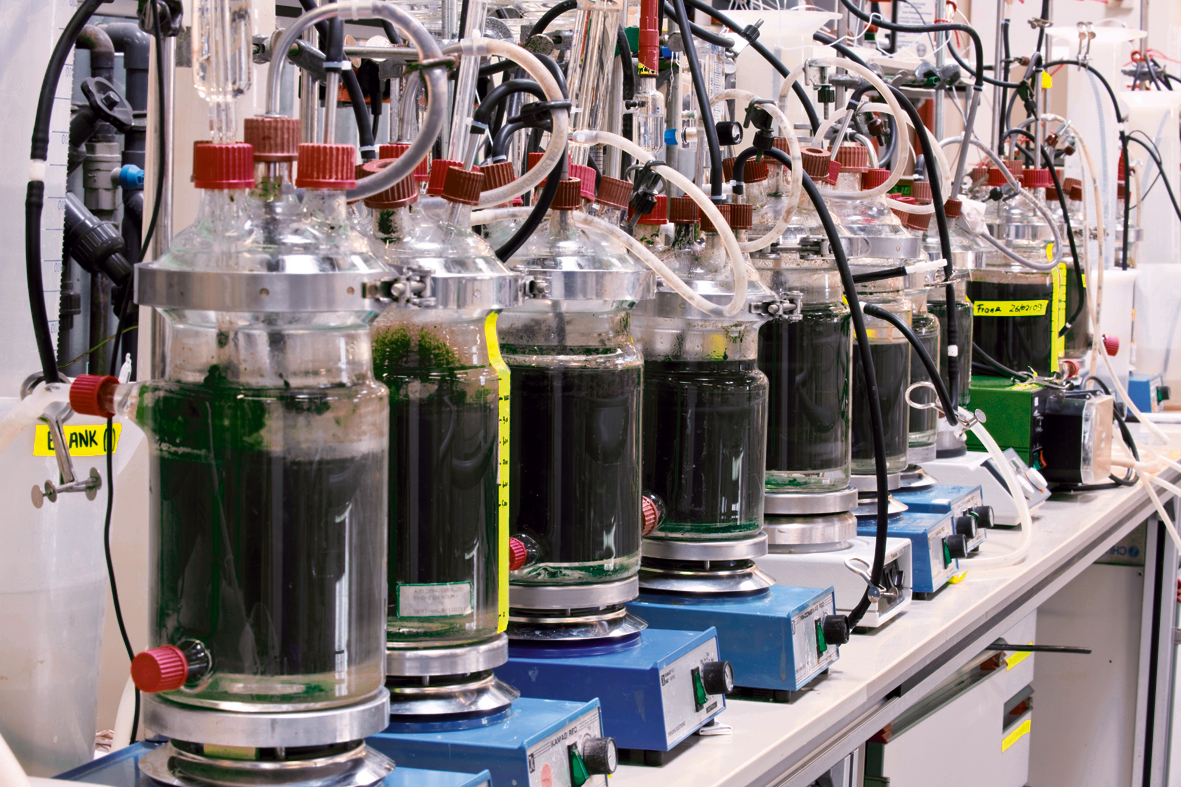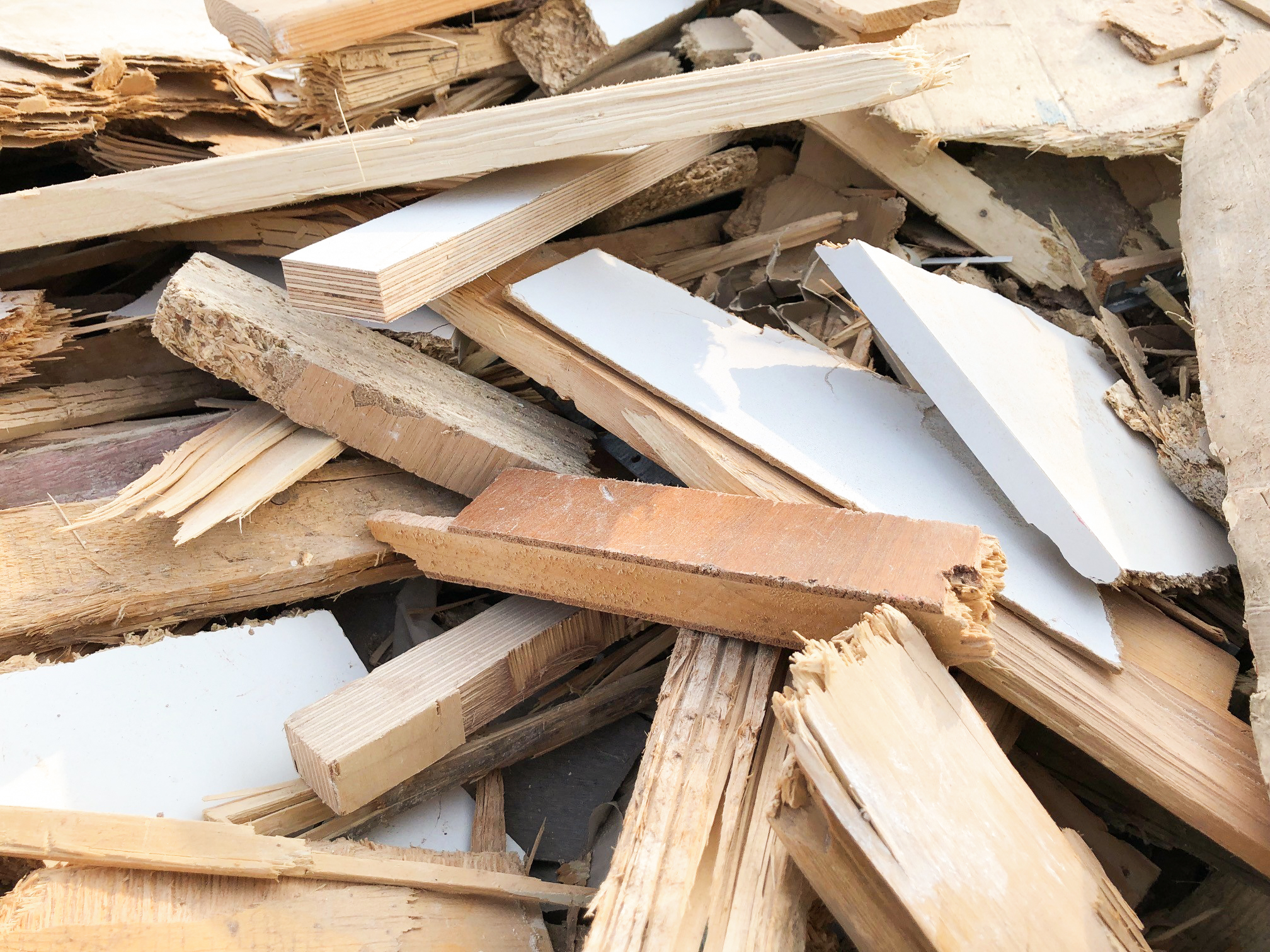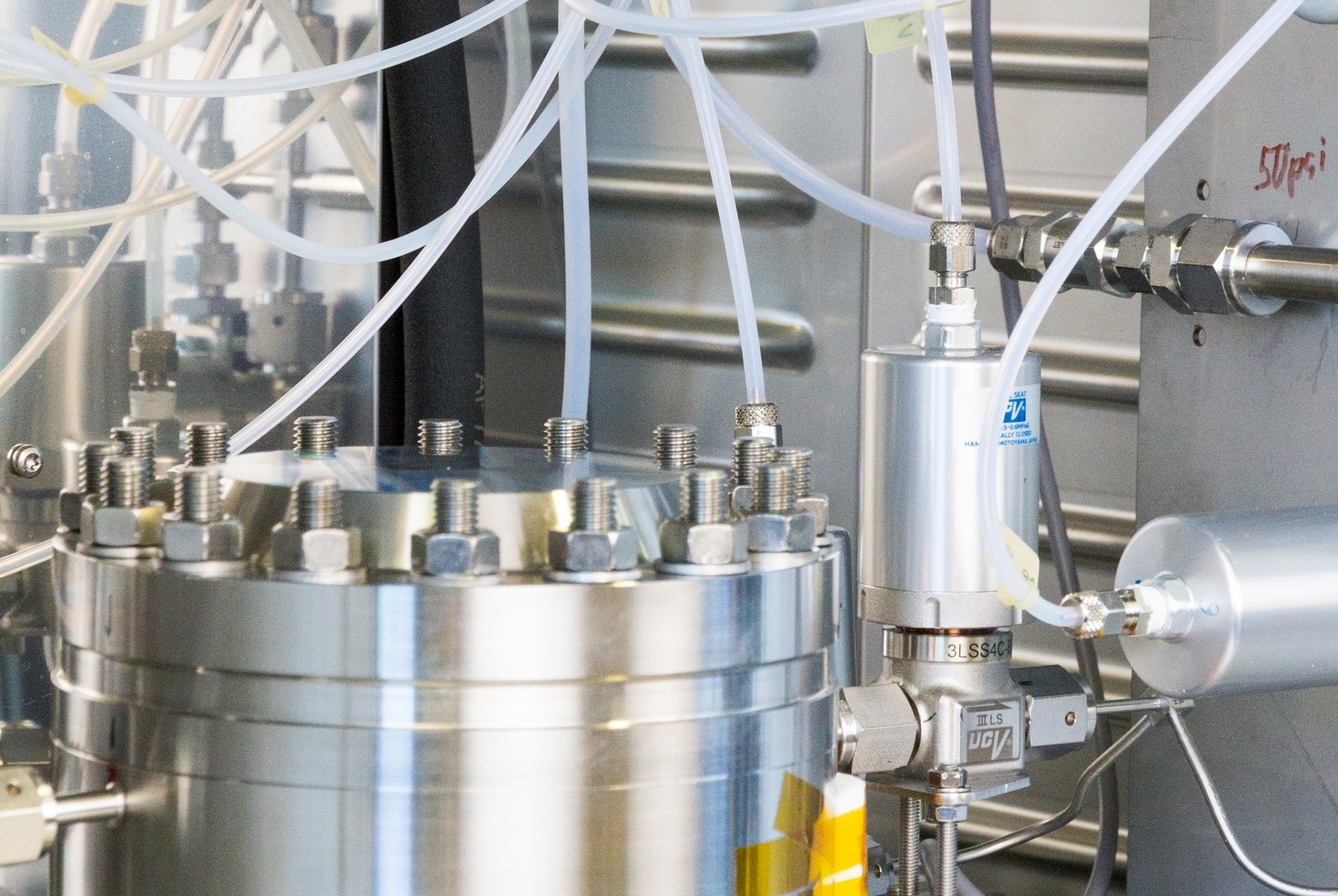As one key source of regenerative and dispatchable energy, biogas is a key enabler in the transition towards a sustainable energy system. This is also because biogas can be stored for a long period of time, which means it can be used to generate power according to demand. Our method of high-load digestion for the efficient production of biogas from sewage sludge has already been implemented at a number of municipal wastewater treatment plants.
We also develop specific solutions for the conversion of biowaste and biogenic residues to produce biogas or biohydrogen, another key element of the energy transition.
In order to produce and use green hydrogen, high-performance membranes are needed across a wide range of applications. The IGB develops membranes for the provision of pure water for electrolysis, for the electrochemical splitting of water in polymer electrolyte membrane (PEM) electrolyzers and for reconversion to electricity by means of PEM fuel cells as well as for moisture management in the fuel cell and the separation of H2-containing gas mixtures.
 Fraunhofer Institute for Interfacial Engineering and Biotechnology IGB
Fraunhofer Institute for Interfacial Engineering and Biotechnology IGB